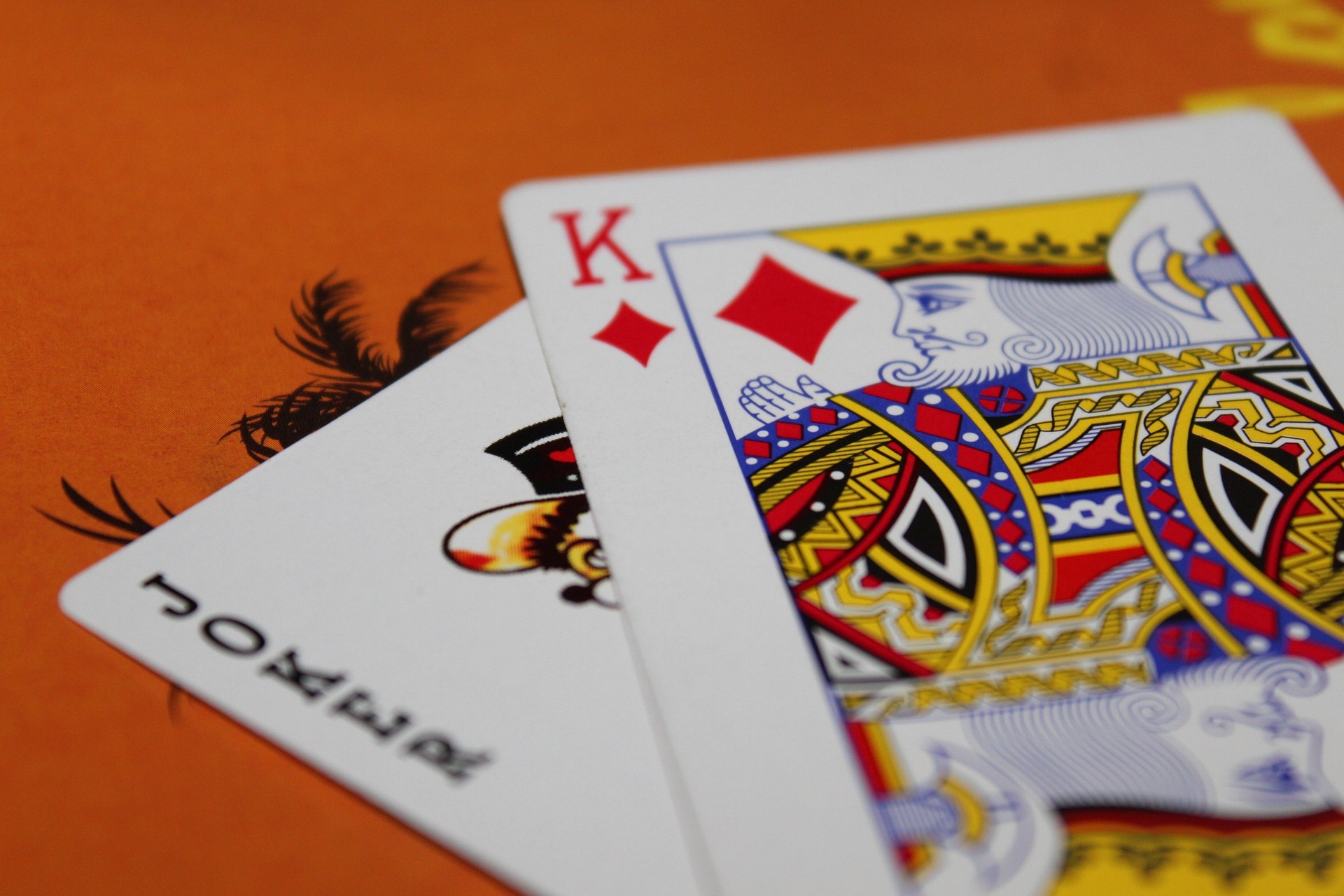The strategy of “isolate” in poker is removing everyone but one player from the hand, then continuing to play against that player alone. This strategy is used to keep a single, vulnerable opponent in the game while eliminating the others. It greatly improves your odds of success if you can carry out this maneuver when already in a favorable position. That’s why every poker player has to become good at isolight.
The Art of Isolation Techniques
Isolate in poker is accomplished by making a raise, which is why it is often referred to as an isolation raise. We need to be sure we want to maintain a really poor opponent in the game before adopting it. Simple observation of the target’s game will reveal whether or not he is, in fact, our customer. These players often enter the pot with a low bet in an attempt to see the flip. Raising is the proper play if you have a strong hand. If all other players fold and the limper makes a second call, the best possible outcome is achieved.
A re-raise is so characteristic of loose fish that you can’t rule it out of a poor player’s toolkit. If your opponent makes a 3-bet, you must respond with a 4-bet, at which point they may either fold or call. Therefore, in the face of such a persistent isolation, we need to have a solid hand and, ideally, be well-prepared so as not to rely too much on the flop.
Take into mind our opponent’s play style while you use this strategy. There’s a chance the bluff won’t succeed if he’s a free-aggressive type. Yet, this strategy may be used well with practically any hand against a nit. The gambler’s opponent must chuck his hand if he does not catch a good match.
WHOM TO USE IT AGAINST
As was previously noted, the goal of this strategy is to single out the team’s weakest members. As a consequence, you shouldn’t raise bluff against skilled opponents, since doing so might lead to devastating losses. Checking the chosen player’s stats in Hold’em Manager or similar tracker is necessary to verify if he is a fish (if the room supports third-party software). In poker, the following numbers are important to consider while selecting on isolight: Folding to a c-bet, calling a preflop raise, calling a bet on the flop. Some weaker players will always fold their hand when faced with a continuation bet, regardless of whether or not they hit the flop. Moreover, it is precisely such foes that we need.
The caller, a fish that calls often regardless of his hand strength, will be a much tougher opponent. He calls bets and raises not by odds because he believes he can strike the best combination on the turn or river. Isolating against these opponents with good hands can help you win the pot if you hit before the showdown thanks to the greatest possible combination. The flop’s structure is another important factor to think about. That may have been in the Fish’s playing range, allowing him to complete a flush or straight.
A player with a limited skill set can usually limp with relatively strong hands like 65 or 87 because his range is so broad. With these cards, you can get a straight or a flush draw, and you can upgrade to a low or medium pair on the flip. The purpose of an isolight is to force your opponent to fold when their hand is weak.
You should think about the specifics of your opponents’ game strategy. This strategy may be ineffective if the latter places are populated by aggressive regulars. You will be playing the flip out of position versus two opponents if you isolate from the cutoff and a reg re-raises from the button. Even if you have powerful hands, you’re at a severe disadvantage in this posture. Consequently, the raising range should be reduced if an aggressive, experienced opponent is seated across from you.
The button is the greatest spot to isolight while playing against experienced players in position to prevent being shoved from behind. The only players who may call or raise after you on the flop are the small and large blinds. As a result, they would be foolish to call your isolating rise.
To conclude, the isolate will only be effective under certain circumstances. If the fish at the table makes the same errors and always seems to be limping into your palm, you know who he is. Second, if you want to avoid multi-way pots, you should only raise from late position (the button is best). Lastly, against an auto-call, you should play a more limited range of opening cards since he is quite likely to call our stakes.


No responses yet